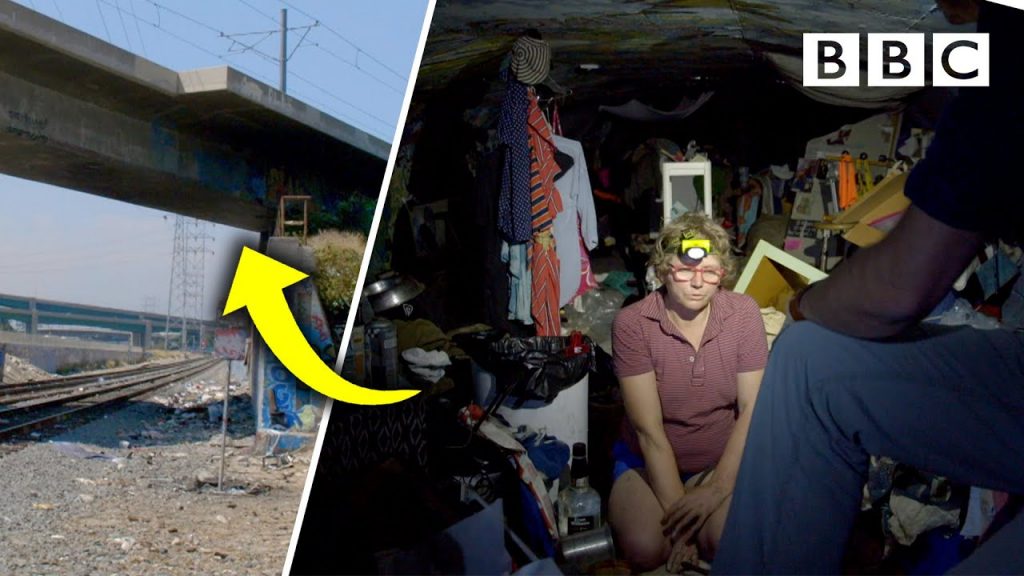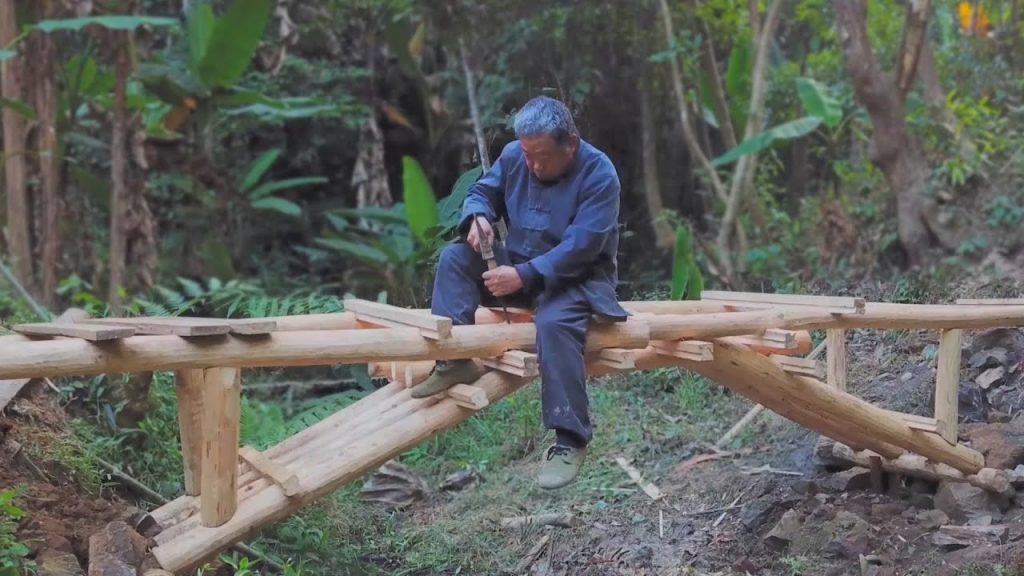Off-The-Grid Desert Living in a Tiny Earthen Home & Permaculture Community

We travel to the Californian desert and the tiny earthen home of natural builders Sasha and John.
The desert landscape can be harsh and unforgiving and building homes for this environment can be an interesting challenge.
How can living in a desert home be a more sustainable and eco-friendly alternative to traditional living spaces?
Living off the grid in a small desert earthen home might seem like a daunting challenge to many, but it is an increasingly popular choice for those looking to live a sustainable and eco-friendly lifestyle. For those who value self-sufficiency and an alternative way of life, an off-the-grid desert home can offer a unique opportunity to reconnect with nature and practice permaculture living. In this article, we will explore the benefits and challenges of living in a tiny earthen home in a permaculture community in the desert.
The Tiny House Movement has gained popularity in recent years as a viable alternative to traditional living spaces. Tiny earthen homes are built with natural materials like mud and clay and are increasingly being considered for their affordability, sustainability, and eco-friendliness. Living in a tiny off-the-grid earthen home offers many perks, including a more minimalist lifestyle, lower cost of living, and a smaller environmental footprint.
Permaculture is a practice that connects and integrates all aspects of sustainable living. It involves growing plants, raising animals, and designing living spaces in harmony with nature. In a desert environment, permaculture offers a way to create a self-sustaining ecosystem that thrives in extreme weather conditions. Permaculture communities work together to cultivate food, build sustainable water systems and reduce waste, which results in a shared sense of purpose.
Living in a desert home, as in any off-the-grid situation, comes with its unique set of challenges. One of the most significant challenges is the lack of access to conventional utilities like water and electricity. However, this can be addressed by designing renewable and sustainable energy and water systems. Solar power and rainwater harvesting are essential solutions to these challenges in desert living.
Another challenge is managing waste safely and effectively. Tiny earthen homes tend to have limited waste management systems, and so residents need to consider natural and sustainable waste solutions like composting toilets and greywater systems.
In a permaculture community, residents work together to cultivate and harvest their food using natural and organic methods. This creates a self-reliant ecosystem that is more sustainable, healthy and eco-friendly. Living off-the-grid in a desert home can be an excellent opportunity to learn and participate in sustainable living practices, allowing for a more holistic approach to health and well-being.
In conclusion, choosing to live off-the-grid in a tiny earthen home in a permaculture community in the desert provides an alternative way of life that prioritizes sustainability, self-sufficiency, and harmony with nature. Although there are challenges to overcome, the benefits far outweigh the challenges, making it a worthwhile experience for those who value eco-friendliness, a minimalistic lifestyle, and self-reliance. With proper design, careful planning, and a supportive community, living off-the-grid in a desert home can be an exciting and life-changing experience.









5 DAYS eating ONLY WILD FOODS! | Survival Challenge | The Wilderness Living Challenge 2017 SEASON 2
How Paranoid Schizophrenia Impacts My Life – A Day in the Life
Trash Town. A whole community in Egypt that lives on rubbish
5 Basic Survival Skills Everyone Should Know
How Hong Kong Protesters Evade Surveillance With Tech